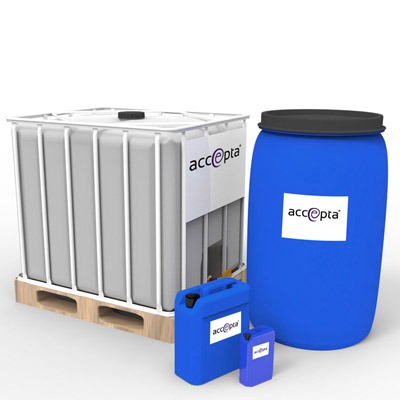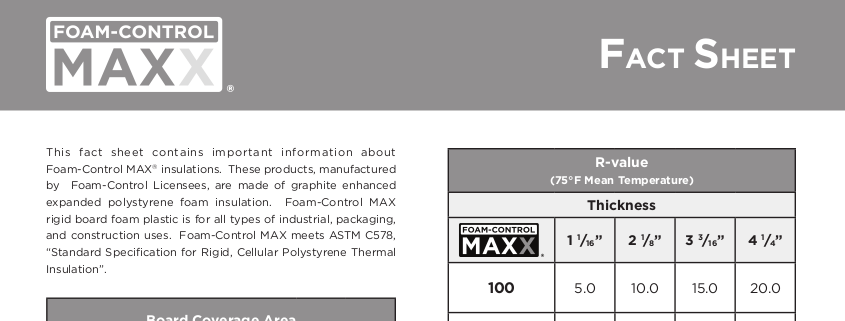Discover the Best Practices for Effective Foam Control in Industrial Applications
Discover the Best Practices for Effective Foam Control in Industrial Applications
Blog Article
The Duty of Foam Control in Enhancing Item High Quality and Effectiveness
Foam control is an often-overlooked yet essential part in the search of item quality and functional effectiveness across diverse industries. By successfully managing foam formation, business can not only enhance the consistency of their solutions however also tackle operational challenges that can impede performance. This conversation will explore the multifaceted influence of foam on both item integrity and manufacturing procedures, elevating crucial concerns about the strategies that can be used to enhance foam control. As we think about these implications, it comes to be clear that the risks are more than they could at first appear.

Comprehending Foam Development
Foam development is a complicated phenomenon that can significantly influence product quality and operational efficiency throughout different industries. It takes place when gas bubbles end up being entraped in a fluid, causing the creation of a frothy framework. Several factors contribute to this procedure, including the chemical and physical residential properties of the liquid, the visibility of surfactants, and the conditions under which blending happens. Recognizing these variables is vital for taking care of foam properly.
The fluid's thickness and surface stress play crucial roles in foam security. Surfactants, as an example, can decrease surface area stress, advertising bubble formation however also boosting foam stability, which can be troublesome in particular applications. Moreover, mechanical anxiety, temperature level variations, and the existence of contaminations can intensify foam generation, making it vital to monitor these aspects during production processes.
Industries such as food and drink, pharmaceuticals, and chemical manufacturing should be particularly attentive relating to foam control. By comprehending the hidden systems of foam formation, organizations can apply targeted strategies to reduce its effects, thereby maintaining operational efficiency and ensuring constant product efficiency.
Effect On Item Quality
The existence of foam can significantly jeopardize item high quality throughout numerous industries. In making processes such as food and drink, drugs, and cosmetics, excessive foam can result in inconsistent product formulas. As an example, in food manufacturing, foam might trap air, affecting appearance and taste, which can eventually alter consumer assumption and contentment.
Additionally, foam can impede the uniformity of coatings and paints, leading to issues like bubbles and unequal finishes. In pharmaceutical applications, foam can disrupt the accurate application of liquid drugs, potentially affecting therapeutic efficiency and client safety and security. These high quality concerns not only diminish completion product's charm but can likewise lead to expensive recalls and damage to brand name online reputation.
Furthermore, the visibility of foam can make complex quality assurance actions, making it tough to attain precise dimensions and consistent results. Efficient foam control not just reduces these risks but additionally enhances general product high quality by ensuring that formulas fulfill strict market standards. By purchasing foam control strategies, firms can protect their items, boost client satisfaction, and keep an one-upmanship in the industry.
Functional Obstacles From Foam
Effective procedures in various sectors can be severely interrupted by the existence of foam, which positions several obstacles throughout manufacturing procedures. Foam can impede blending and response times, impeding the effectiveness of chemical procedures. In markets such as food and drink, foam development can lead to unreliable fill degrees, resulting in product waste and disparities in packaging.

In atmospheres where hygiene is vital, such as pharmaceuticals and food handling, foam can make complex cleansing procedures, creating covert tanks for pollutants. This not only increases high quality worries yet also can result in compliance problems with governing criteria.
Moreover, the emotional impact on operators can not be ignored; too much foam can produce a disorderly work atmosphere, resulting in decreased morale and performance. In recap, attending to the operational challenges positioned by foam is important to preserving efficiency and item top quality in different markets.
Methods for Efficient Foam Control
How can sectors effectively mitigate the challenges postured by foam? Efficient foam control strategies are crucial for improving item high quality and functional effectiveness. One main approach is explanation using defoamers, which are chemical representatives created to reduce or get rid of foam formation. Choosing the appropriate defoamer needs a comprehensive understanding of the certain procedure conditions and the products involved.
In enhancement to chemical solutions, process optimization plays a critical role in foam administration. Industries can analyze and adjust specifications such as blending temperature level, stress, and rate to decrease foam generation. Implementing devices adjustments, like setting up foam-breaking devices or adjusting storage tank style, can further help in reducing foam degrees.
Routine surveillance and evaluation of foam actions within manufacturing processes are additionally important. Making use of innovative sensing units and analytics can give real-time information, permitting prompt interventions and adjustments. Staff training is equally important; guaranteeing that personnel are well-informed about foam dynamics and control methods can result in aggressive foam monitoring.
Study and Market Applications
While numerous sectors encounter special difficulties associated with foam control, case research studies reveal that tailored methods can dramatically improve both product top quality and functional effectiveness. In the pharmaceutical sector, for example, a leading manufacturer applied a personalized foam control technique that minimized foam formation throughout fermentation processes. This development not just boosted return by 15% yet likewise decreased contamination threats, making certain greater product integrity.
Likewise, in the food and beverage market, a major milk producer confronted too much foam during pasteurization - Foam Control. By presenting a specialized antifoam agent, they decreased processing time by 20%, which straight equated to increased throughput and reduced power consumption. The application of foam control determines ensured consistent product appearance and taste, enhancing brand commitment
In the chemical manufacturing sector, a case study highlighted the effective application of foam control in wastewater therapy processes. The execution of a real-time tracking system permitted operators to change antifoam dose dynamically, resulting in a 30% decrease in chemical use and enhanced effluent high quality.
These instance studies show the varied applications of foam control across markets, stressing its essential duty in enhancing product high quality and functional efficiency.
Final Thought
In conclusion, effective foam control is integral to boosting item high quality and operational efficiency throughout click to read more numerous markets. Eventually, prioritizing foam control adds to boosted efficiency, protecting brand credibility, and enhancing customer satisfaction, highlighting look at here now its value in high quality assurance within manufacturing procedures.
Foam control is an often-overlooked yet important part in the pursuit of item high quality and operational performance across varied markets. Staff training is just as essential; guaranteeing that personnel are educated regarding foam dynamics and control strategies can lead to positive foam monitoring.
While several sectors deal with distinct challenges connected to foam control, situation studies disclose that tailored strategies can substantially enhance both product top quality and operational effectiveness (Foam Control). In the pharmaceutical sector, for circumstances, a leading manufacturer carried out a custom foam control method that reduced foam formation throughout fermentation procedures.In conclusion, efficient foam control is indispensable to enhancing item top quality and operational effectiveness throughout numerous industries
Report this page